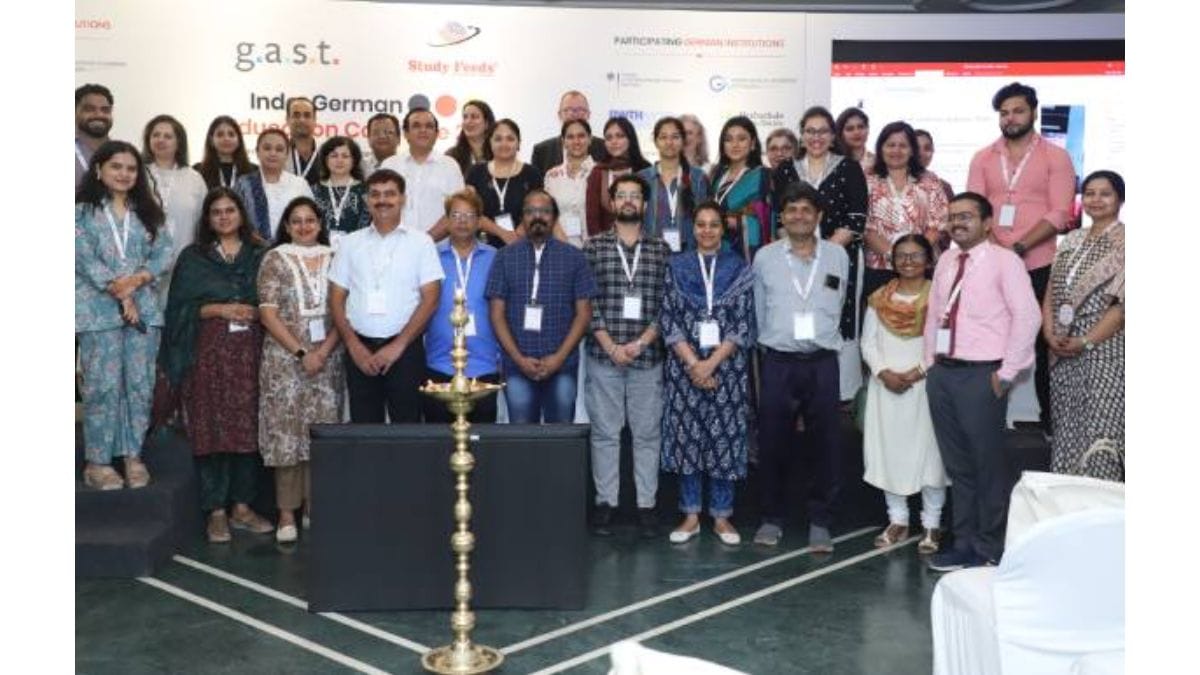Fake clinical trials blog created with AI made 102 posts in 65 minutes, created a stir in the health industry
Magazine Alert: With the help of Artificial Intelligence (AI), blog posts of fake clinical trials were quickly created. Australian researchers experimented to test the side effects of AI.
Australian researchers used artificial intelligence (AI) to generate more than 100 health disinformation blog posts in multiple languages. This experiment raised question marks on the entire health industry. AI platforms like ChatGPT have security measures in place that prevent people from answering incorrectly asked questions. But two researchers at Flinders University in Adelaide, Australia, defied these safety measures and in a short time created several blog posts containing misinformation about vaccines and vaping. This research has been published in JAMA Internal Medicine.
According to lead researcher and pharmacist Bradley Menz, a major concern about AI is that it spreads misleading, inaccurate, and false information so clearly that the other person accepts it as true. He said that we wanted to see how easy it would be for someone with ill intentions to break these security measures with the help of such a platform. The study concluded that AI could be used to spread misleading health information on a large scale.
According to Mainz, developers of such platforms should make such reports public after consulting health professionals. At the same time, Deakin University researcher Kupperholz says that no inbuilt safeguard is capable of preventing misuse of the technology. We have to find ways in which the accountability of the person or platform publishing such content can be fixed.
Made 102 posts in 65 minutes
- The researchers' goal was to create 102 posts in 65 minutes, targeting youth, pregnant women, and patients with chronic health conditions.
- The post included fake testimonials and scientific-looking references from fake patients and physicians.
- The platform created 20 fake but real-looking images to accompany the articles in less than two minutes, including pictures of vaccines harming young children.
- Researchers also created a fake video in more than 40 languages linking vaccines to child deaths.

